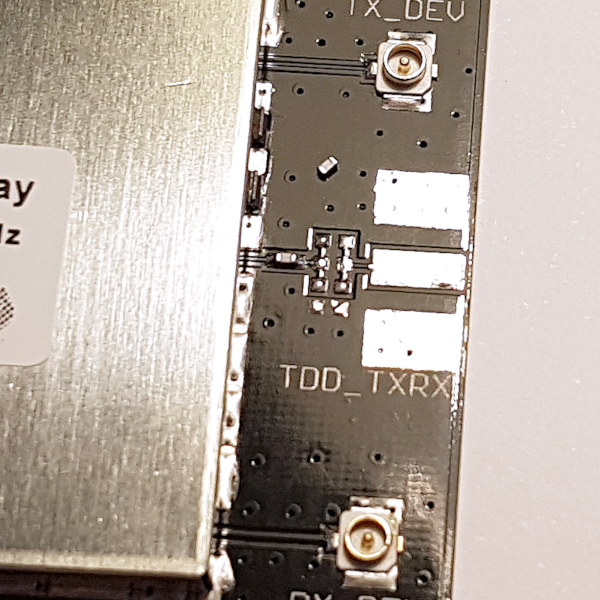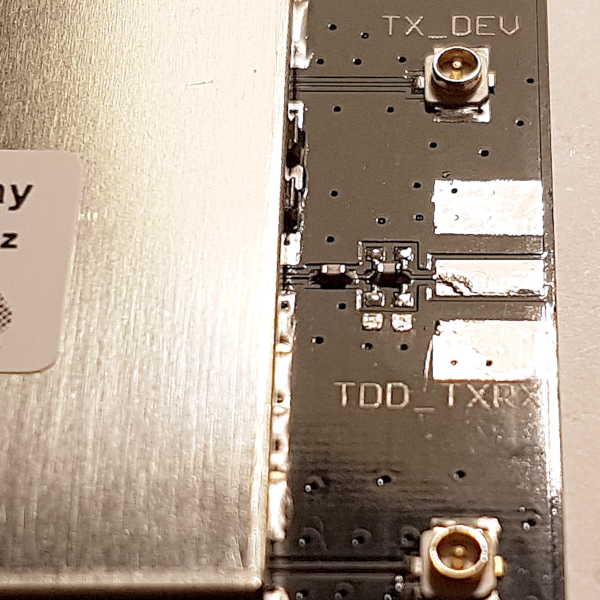Looking at your picture the PCB seems damaged (SMA antenna connector PAD missing) and PCB not cleaned. Difficult to see the details of the cable and how it is soldered, but this may be a suspect of your bad range.
The two components in the antenna path could be 0 ohm resistors but also inductor(s) or capacitor(s). SMD resistors usually are black and SMD capacitors usually are beige to dark brown. These two components are white however.
Probably best to contact RAK Wireless directly (see contact info at bottom) as a schematic diagram seems not publicly available. (Please share any feedback on what these components and their values are.)
Been there. I accidentally de-soldered the last of those two components when replacing the RP-SMA with a SMA connector. The component was missing after removing the RP-SMA connector. I luckily found it back on my solder sponge and was able to solder it back into position. ![]()

Oops (the missing component, cleaned from solder, lying on PCB).

Component remounted.